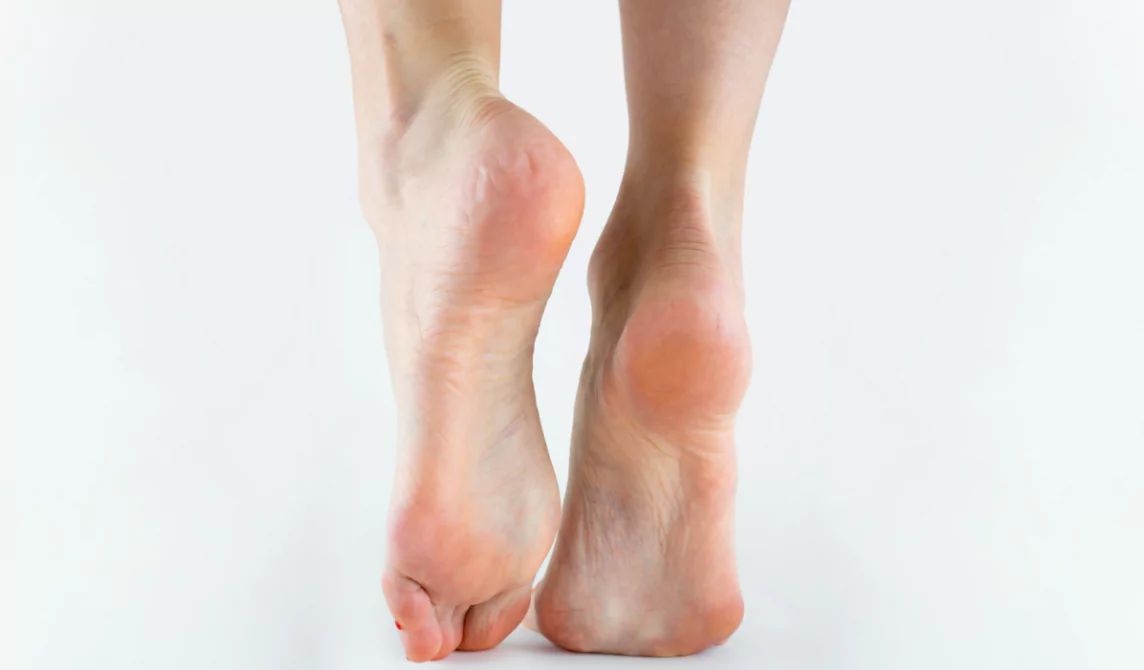


What are Corns?
These are hardened layers of dead skin that occur due to repeated friction and pressure on the skin. They are usually found on the pressure-bearing areas of the palms and soles. The centre portion of the corn is hard, which is similar to a barley seed. In other words, it looks like a funnel with a wide, raised top and a pointed bottom.
Signs and Symptoms
- Rough and thick yellow areas of lumpy skin
- Pain when pressing the lesion
- Pain while walking

Causes for Corns
The major causes of corn include the following:
- Wearing ill-fitting footwear
- Prolong standing or walking
- Improper galt
Our treatment result
Before
After








